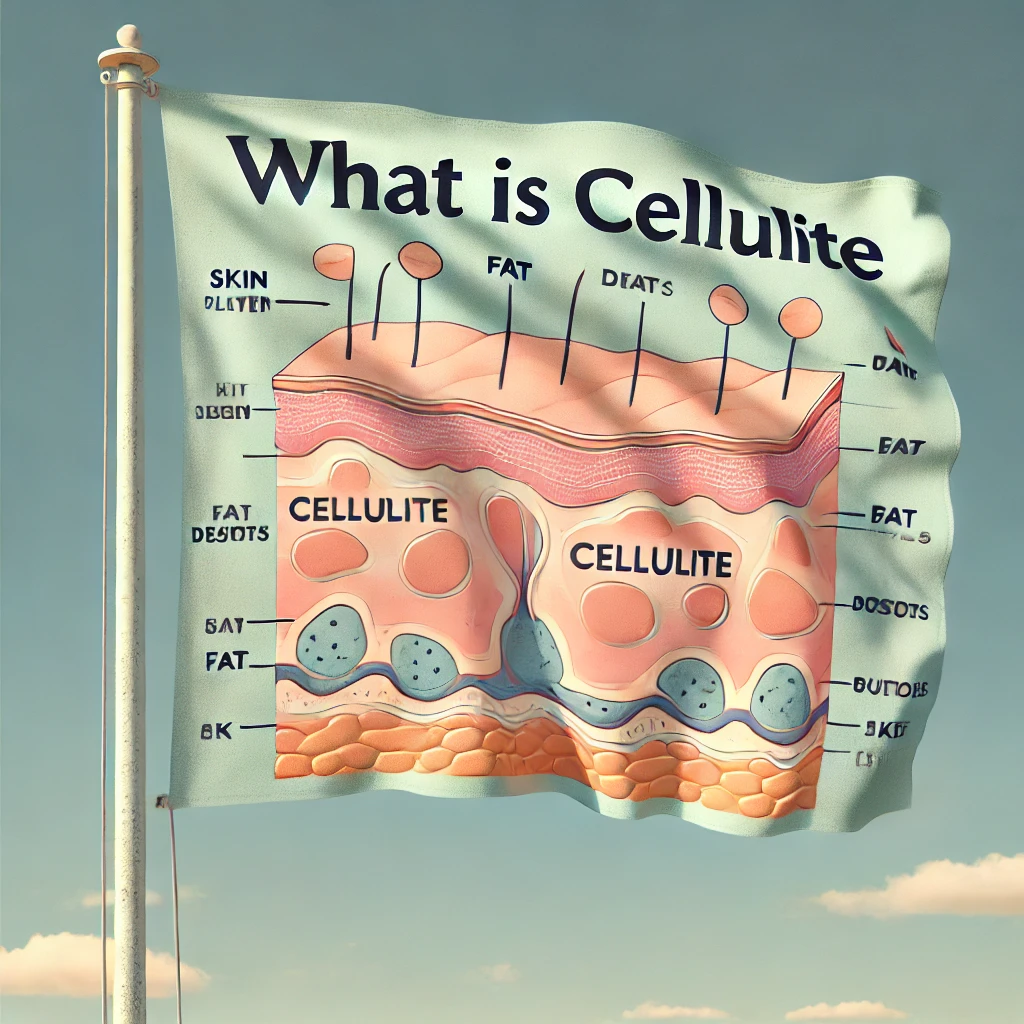What Is Cellulite? Causes, Myths, and Treatments That Actually Work

What Is Cellulite?
Understanding the Bumpy Truth Behind Dimpled Skin
If you’ve ever looked at your thighs, hips, or buttocks and noticed uneven, dimpled skin—you’re not alone. That’s cellulite, and it affects up to 90% of women at some point in their lives, regardless of age, size, or fitness level.
But what is cellulite really? Is it just fat? A skin issue? A circulation problem?
Let’s clear up the confusion. In this blog, we’ll explain what cellulite is, what causes it, why it’s so common in women, and the most effective treatment options available today—from lifestyle strategies to regenerative therapies.
What Is Cellulite?
Cellulite is the term for the dimpled, lumpy appearance of the skin caused by fat deposits pushing through connective tissue beneath the skin’s surface—most often on the:
- Thighs
- Hips
- Buttocks
- Abdomen
- Upper arms
It’s not a medical condition or disease—but it’s often considered a cosmetic concern because of how it affects the appearance of the skin.
📌 Important: Cellulite is not caused by obesity, and being lean doesn’t make you immune.
What Causes Cellulite?
Cellulite is caused by a combination of structural, hormonal, and circulatory factors, including:
1. Fibrous Septae
These are bands of collagen that connect your skin to the underlying muscle. Over time, they can stiffen and pull down, causing the fat between them to bulge outward—resulting in a lumpy appearance.
2. Fat Cells
Enlarged fat cells can push against the skin more visibly when the connective tissue is weak or rigid.
3. Poor Circulation & Lymphatic Drainage
Fluid retention and impaired lymphatic flow can worsen swelling and make cellulite more visible.
4. Estrogen and Hormones
Estrogen influences fat distribution and connective tissue elasticity, which is why cellulite is more common in women than men.
5. Thinning Skin
As we age, we lose collagen and elastin, making skin thinner and less able to mask the uneven texture underneath.
Why Is Cellulite More Common in Women?
Up to 90% of women experience cellulite, compared to only 10% of men. Why?
Because the structure of connective tissue differs between genders:
- In women, connective tissue bands are arranged vertically, allowing fat to bulge through more easily.
- In men, they’re arranged in a crisscross pattern, which provides more support.
Add in the effects of estrogen, pregnancy, and hormonal fluctuations—and it’s easy to see why cellulite affects women far more often.
Myths About Cellulite
Let’s clear up a few common misconceptions:
❌ Myth: Only overweight people get cellulite
➡️ Truth: Even athletes and lean individuals can have cellulite. It’s more about skin structure than fat volume.
❌ Myth: Toxins cause cellulite
➡️ Truth: While toxins can affect circulation and tissue quality, cellulite is mostly structural—not a “toxic buildup.”
❌ Myth: Cardio alone can get rid of cellulite
➡️ Truth: Exercise helps, but it doesn’t fix the connective tissue or collagen breakdown underneath.
Can You Get Rid of Cellulite?
There’s no “magic bullet” that eliminates cellulite forever—but there are effective ways to reduce its appearance, strengthen connective tissue, improve circulation, and support healthy skin.
Let’s explore what actually works.
Best Treatments for Cellulite
✅ 1. Red Light Therapy (PBM) + PEMF
Red light therapy stimulates collagen production and blood flow, while PEMF improves cellular repair and microcirculation. Together, they:
- Reduce inflammation
- Stimulate skin tightening
- Support lymphatic drainage
- Improve texture and tone over time
Used consistently, PBM + PEMF can help visibly smooth cellulite-prone areas.
✅ 2.Subcision (Aveli)
This minimally invasive procedure cuts the fibrous bands causing dimples. It’s one of the only FDA-approved long-term cellulite treatments, with results lasting up to 3 years.
✅ 3. Topical Retinols and Peptides
Prescription-strength retinoids and collagen-supporting peptides can thicken the skin, making cellulite less visible. Results are modest and require consistent use.
✅ 4. Supplements That Support Skin and Tissue
Nutritional support for cellulite includes:
- Collagen peptides – for connective tissue strength
- Gotu kola (Centella asiatica) – boosts circulation and collagen
- Vitamin C – essential for collagen synthesis
- Omega-3 fatty acids – support cell membrane health
- Horse chestnut extract – improves microcirculation
✅ 5. Lifestyle and Diet Tips
While you can’t “eat your cellulite away,” certain changes help minimize fluid retention and tissue breakdown:
- Stay hydrated
- Limit processed carbs and sugar
- Reduce alcohol and high-sodium foods
- Eat whole foods rich in antioxidants and minerals
- Strength train to increase muscle tone
Does Losing Weight Help?
It depends. Weight loss may reduce the volume of fat, which can help minimize the pressure against the skin. But if skin laxity or fibrous banding is the primary issue, cellulite may remain—or even appear more visible after fat loss.
This is why combining body composition improvement with skin tightening and collagen support often works best.
Final Thoughts: Cellulite Is Normal—But Treatable
Cellulite is incredibly common—and completely normal—but that doesn’t mean you’re stuck with it. Today’s regenerative and non-invasive treatments offer powerful options to smooth, tone, and strengthen your skin from the inside out.
The best approach? A combination of targeted treatments, collagen support, circulation enhancement, and personalized care.
At Sheen Vein and Cosmetics, we offer advanced solutions for skin health and body rejuvenation—including red light therapy, PEMF, collagen support, and more.
📞 Schedule your consultation today to explore a custom cellulite reduction plan that fits your goals, body, and lifestyle.